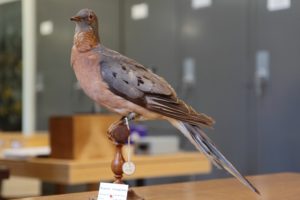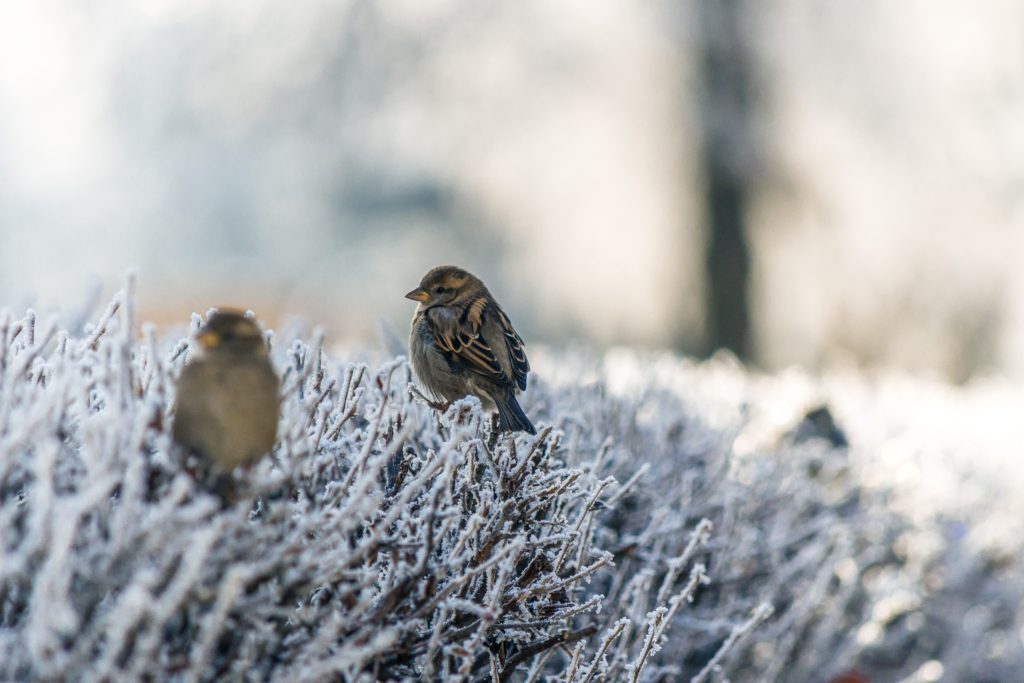North America has lost 29% of its bird populations- 2.9 billion birds- in the last 48 years. It’s not just the endangered species, even the common birds like sparrows, warblers, and finches have also vanished from the sky, a new study published in the journal Science reveals. Scientists fear that the decline signals a major crisis since birds play critical roles in distributing seeds, disposing of rotting carcasses, and even pollinating plants.
—
Bird Population Decline in North America
A team of researchers from the US and Canada analysed almost five decades of population data of 529 bird species collected from multiple long-term bird-monitoring data sets. They found that over 90% of the total decline recorded was among 12 bird families, including sparrows, warblers, blackbirds, and finches. Grassland birds suffered the most with a 53% reduction recorded in their population since 1970. With over 700 million fewer individuals existing today, nearly 75% of all examined grassland bird species are steadily declining. Shorebirds living in sensitive coastal habitats have lost more than one-third of their population.
Scientists fear that many bird species could soon suffer the fate of the passenger pigeon (Ectopistes Migratorius) — a bird that once numbered in billions, but silently went extinct in the early 1900s.
“Multiple, independent lines of evidence show a massive reduction in the abundance of birds in North America,” says Ken Rosenberg, the study’s lead author and a senior scientist at the Cornell Lab of Ornithology and American Bird Conservancy. “We expected to see continuing declines of threatened species. But for the first time, the results also showed pervasive losses among common birds across all habitats, including backyard birds.”
Analysing the data recorded by a network of 143 weather radars across North America, scientists also tracked the changes in nighttime spring migration of birds from 2007 and 2017. The radars, which can detect avian migration even in areas where birds are otherwise poorly monitored on the ground, revealed a 14% decline in migratory birds since 2007.
Where did the birds go?
“It’s a wake-up call that we’ve lost more than a quarter of our birds in the US and Canada,” says co-author Adam Smith from Environment and Climate Change Canada. “But the crisis reaches far beyond our individual borders. Many of the birds that breed in Canadian backyards migrate through or spend the winter in the US and places farther south — from Mexico and the Caribbean to Central and South America. What our birds need now is a historic, hemispheric effort that unites people and organisations with one common goal: bringing our birds back.”
You might also like: The Florida Panther: Preserving the Peninsula’s Wilderness

The passenger pigeon
—
While the researchers did not closely examine what caused the decline, they say the phenomenon in North America is similar to those observed elsewhere in the world, and the causes are likely to be similar.
For example, widespread conversion of grasslands to farmlands and urban areas, and the extensive use of toxic pesticides had earlier caused the decline of grassland bird population across Europe. North American grassland birds today face great threat from such human activities as their breeding and wintering grounds have been turned into agricultural lands and urban centers.
Previous studies have discovered increasing bird mortality in the US due to hunting by predators including feral cats; collisions with glass, buildings, and other structures; pervasive use of pesticides, and widespread declines in insects — an essential food source for birds. Climate change is compounding these challenges by altering habitats and reducing the number of plant species that birds depend on for their survival.
Though the study portrays a grim picture, all hopes are not lost. “The story is not over,” says co-author of the paper Michael Parr, president of American Bird Conservancy. “There are so many ways to help save birds. Some require policy decisions such as strengthening the Migratory Bird Treaty Act. We can also work to ban harmful pesticides and properly fund effective bird conservation programs. Each of us can make a difference with everyday actions that together can save the lives of millions of birds — actions like making windows safer for birds, keeping cats indoors, and protecting habitat.”
The study lists out a few promising examples of bird population rebounds. Waterfowl- ducks, geese, and swans- have made a remarkable recovery over the past 50 years in the US after the government allocated funds for wetland protection and restoration. Raptors such as the Bald Eagle have also made a remarkable recovery since the 1970s following a countrywide ban on the pesticide DDT and the introduction of endangered species legislation in the US and Canada.


















